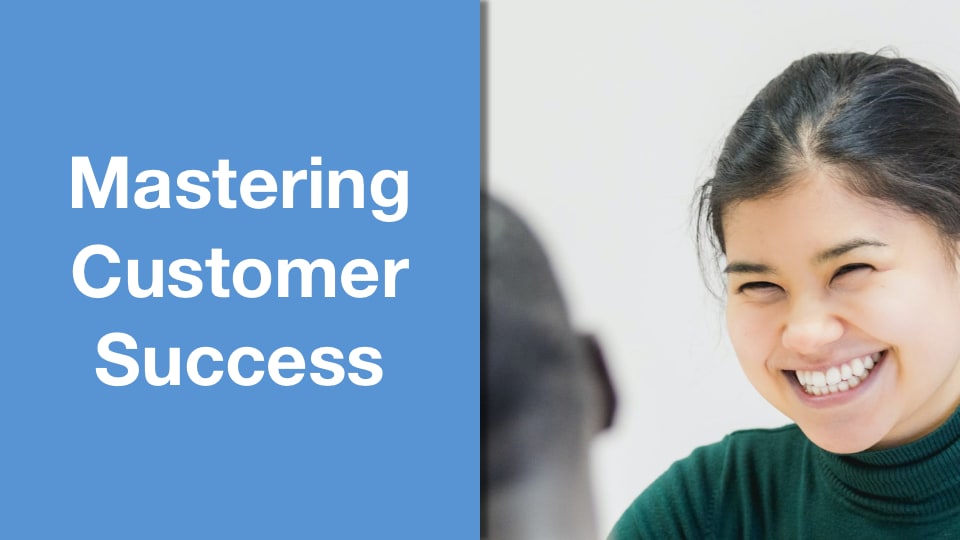Measurement & KPIs For Software As A Service – Part 2
These metrics are simple to grasp and relatively easy to measure. What’s more interesting is where they fit within a Customer Success function and when it’s appropriate to make them part of a CSM’s role description.
Expansion Revenue
Expansion very simply is the net new recurring revenue that comes from a company’s existing customer base. Customer A starts the year with annual recurring revenue (ARR) of £100,000 and part way through agrees to license additional users bringing their ARR to £125,000. In year expansion is 25%. The same calculation across all existing customers provides your total expansion revenue percentage. While there are details in this which can be argued over this is a solid definition.
At this point it’s important to say what expansion revenue isn’t, which is: anything that is not recurring revenue. So if you sell some consulting, training or perhaps charge a customer to develop a specific feature without increasing their license cost then that’s not recurring revenue and so it’s not expansion revenue as defined here. It’s probably still a very good thing but it’s not expansion. Customer Success teams go all way the way from having zero formal targeting on expansion revenues to having it be part of their targets (although I’ve never seen that be on a commission basis).
What’s important to recognise is expansion should not be the first or primary focus of a customer success team, that should be value realisation, securing renewals and high levels of customer satisfaction. When you’ve nailed those, which takes time, effort and ongoing focus it’s time to consider formally targeting your team on expansions. If you introduce this too soon you risk diluting the focus of your team and confusing your customers “why is this person trying to sell me stuff when I’m not 100% happy with what they’ve sold me to date?”
There is one subtlety here to emphasise. Assume the vendor in question has multiple products (perhaps a core product and an analytics product) priced and sold separately. Customer A has £100,000 in ARR from 10,000 users of both the core product and analytics. Core product represents £90,000 and analytics £10,000 of the revenues. The customer decides to drop analytics for all 10,000 users but to spend £15,000 to buy an additional 1500 core users. How should we account for this?
- ARR is now £105,000 so one option is to say Customer A has 5% expansion year on year. That’s fine and in very simple terms it’s accurate. However, important detail is lost if this is how it’s treated.
- What has actually happened is that the analytics product has suffered a 100% churn and the core product has had a 16.67% expansion. Taken across all customers this is important information and makes it worth the extra effort to track the expansions and renewals at the product line level. If the same pattern is seen across multiple customers the fact that there is clearly an issue with the analytics product could be masked or poorly understood if the first approach to measuring renewals and expansion is used.
If your pricing strategy is to sell everything as one product then expansion revenue is pretty easy to target and to calculate. However, if you have a differentiated pricing strategy, sell multiple product lines and swaps of this kind are part of your renewal strategy when needed then you should work with your finance team to ensure you’re tracking renewals and expansion at the product line level.
Advocacy
Advocacy in the SaaS world is well defined as:
Public support for or recommendation of a particular product or service
Note that this doesn’t necessarily mean public in the sense of addressing an audience, it also means being willing to talk 1:1 with a prospect of a company of which you are satisfied customer as part of a reference process or agreeing to take part in a case study that will be widely distributed. There are lots of good resources on building and using advocacy suffice it to say if you want to make it part of your customer success focus, and if specifically you want it to be in part how you target your CSM team then you need to carefully define the specific metrics you want to track and work closely with your marketing and sales team to ensure they are accurately captured. You may for example have your CSM and Mktg teams share a KPI to develop 10 case studies from your existing customer base over the course of a year. Or you may target your CSMs to each supply 5 references to support the new business sales team per quarter or to source 1 speaker each for an upcoming conference or event.
As with expansion revenues building advocacy should not be the first or primary focus of a customer success team, it should follow naturally from successfully executing on your strategies and frameworks for value realisation, renewals and customer satisfaction.



